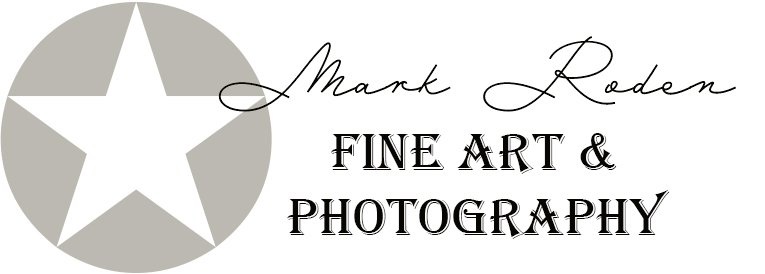I have to say, I like Las Vegas. I mean, I really like it. From the fast-paced action, to the bright lights and people-watching potential, what’s not to like? There’s gambling, which for the most part I’ve done my share. There are the shows, some of which are amazing like “Le Reve”. And then there are all of those lights, strung out like some six mile long Christmas tree in every size, shape and color you could think of. I can’t imagine what the electric bill must be.
Vegas for me is a photo opportunity. Yes the urge to go win some money is mighty tempting, and I’m not saying that I wouldn’t gamble if I was there, but the truth is, what I get most out of a trip to Vegas is the photography. My first trip there was a cross-country endeavor lasting more than a week, about 4 days of which I spent wandering around Las Vegas, mostly on the strip. The trip there is half the fun; if you ever get a chance to drive there, do it. You’ll never regret the experience. Once you get within sight of it, it seems like it takes forever to actually get right down on the strip. From Henderson on in, you can see all of its glory beaming at you, just waiting for you to get there and spend all your money. Of course if you’re smart you won’t spend all of it, but you can’t go to Vegas expecting not to spend something, even if it’s just for the food and entertainment.
So, when I photographed Las Vegas for the first time, I hadn’t developed my technique for abstract light photography just yet. I have a nice set of work from that trip, but it wasn’t until the next trip the following year that I really succeeded in getting something unique. Let’s go back a few months…
Downtown Houston, night time. My mission was to photograph the guitar sitting atop the Hard Rock Café in the Bayou Place part of downtown. At the time I had my ideas on what I wanted, but it turns out that I didn’t get what I expected, at first. The effect--a free-flowing, distorted and dramatic image of the guitar as it turned, photographed on time exposure—was elusive. I wasn’t sure what I was doing wrong, but all I was getting were some very unspectacular images. Somehow I finally figured out, against conventional thinking concerning night photography, that the tripod itself was the thing which was the cause of my troubles. Once I decoupled the camera from it, I began seeing remarkable results. The images had the quality that I was looking for, and that first run at what I would later call “my technique” set me on a path toward learning all I could from this new way of doing it.
I’m sure that I’m not the first photog to ever take shots at night without support, but I had always done so before. Now, I was learning fast, and my next foray into town gave me even more lessons. I was experimenting with movement and zooming, the choice of lights, the scenes, everything. I allowed nothing to be stable, and in so doing I was getting some very random, and sometimes striking, images. My success ratio was about 1:20, and I knew that it would be, but as time went on that increased to about 1:10. And then, I took another trip to Vegas.
Back on the strip.
The second night I was back I decided to go out around sundown and try out my new found technique. By this time I had some idea of how to do it, but I needed something more from the subject. At night Vegas really shines, or should I say it sparkles, and there is no place on the strip where there isn’t at least a thousand lights hitting you. Well maybe there is, but I didn’t find it. For about three hours I made my way from the (lower?) MGM end of the strip towards the middle, past Caesars Palace, Bally's, and Flamingo. I drew some looks at Flamingo when I started photographing the frontage, starting the exposure with my camera up-side down and continuing the shots through 2 seconds. When I got to Harrah’s, things got very interesting.
Harrah’s has lights all over it, really, all over it. Along the front are these good sized globes surrounded by those little racing white runners that flash on and off very quickly, creating the illusion of movement. As I began taking the shots I noticed that this didn’t look like everything else. Something was different and I wasn’t sure what it was exactly. I took a look at what I was getting and realized that it was the diversity of light shapes, intensity and color that was making the difference. I had never seen anything like it before, and my only regret now is that I didn’t spend another hour there. I did end up with enough images to do a series, and I guess that’s enough. But eventually, I hope that I can add to this little collection.


